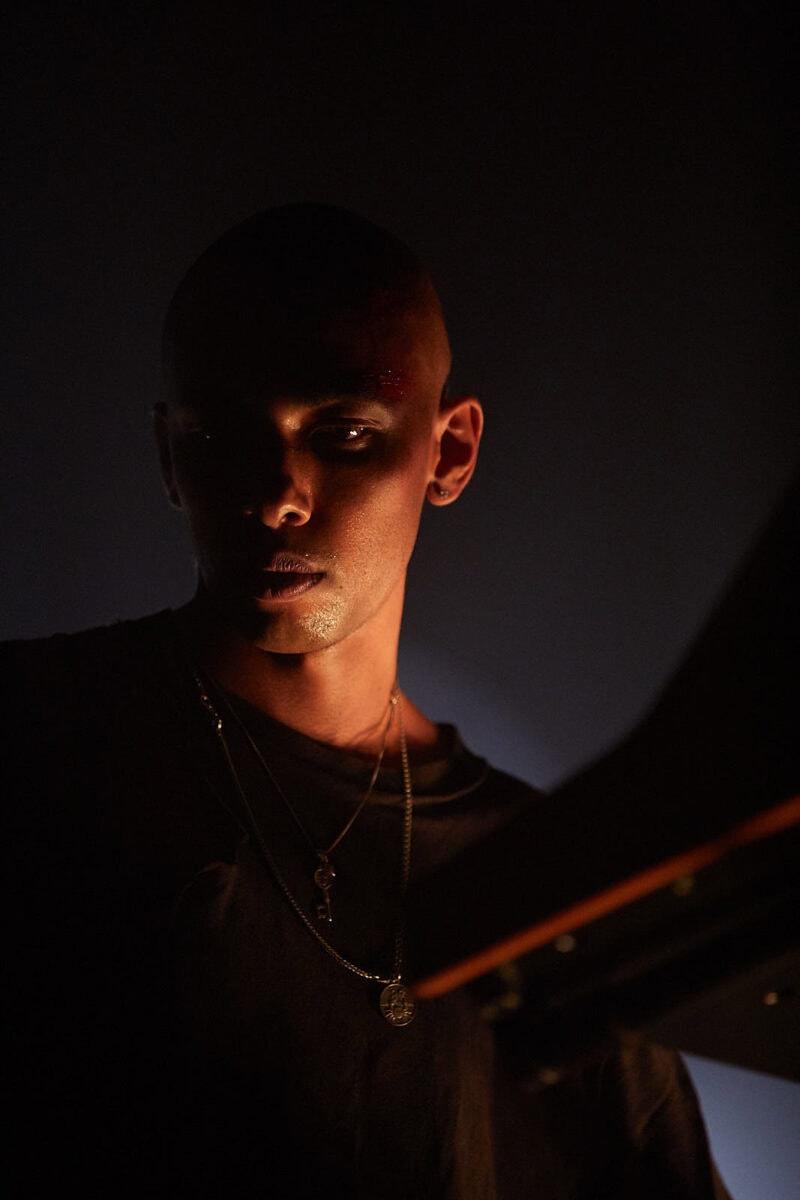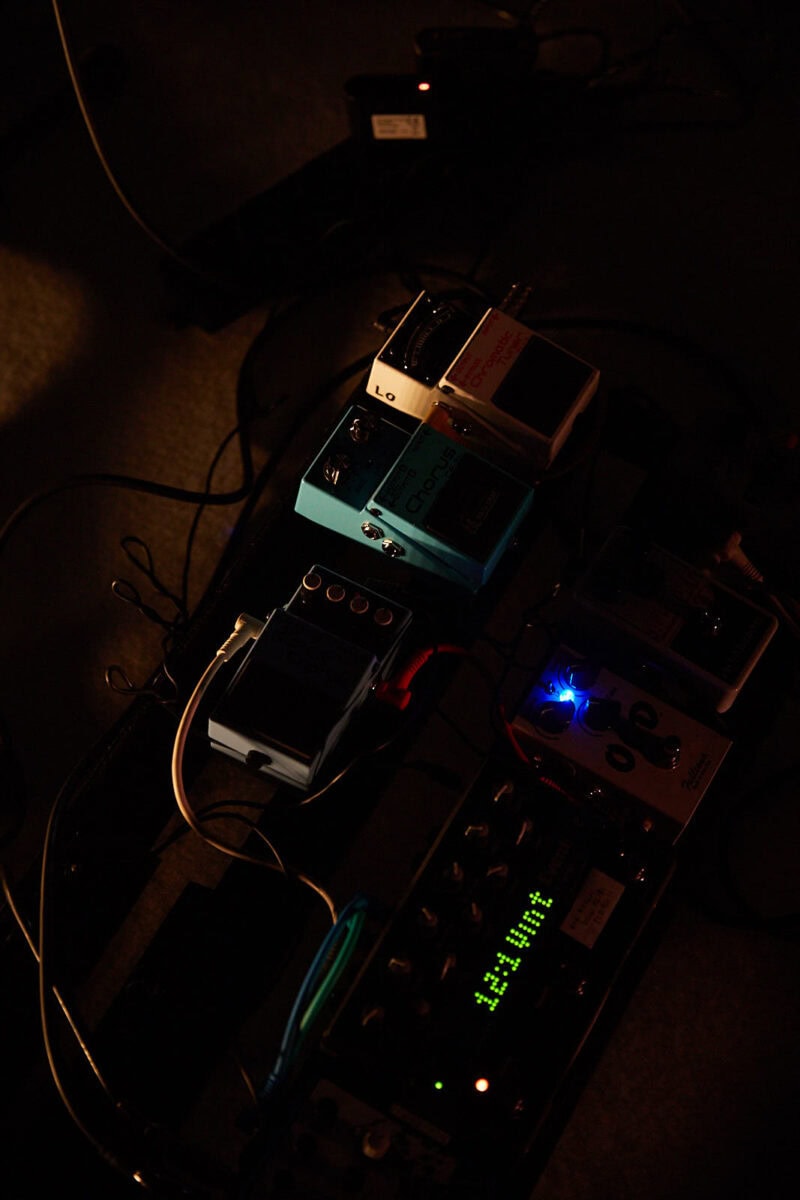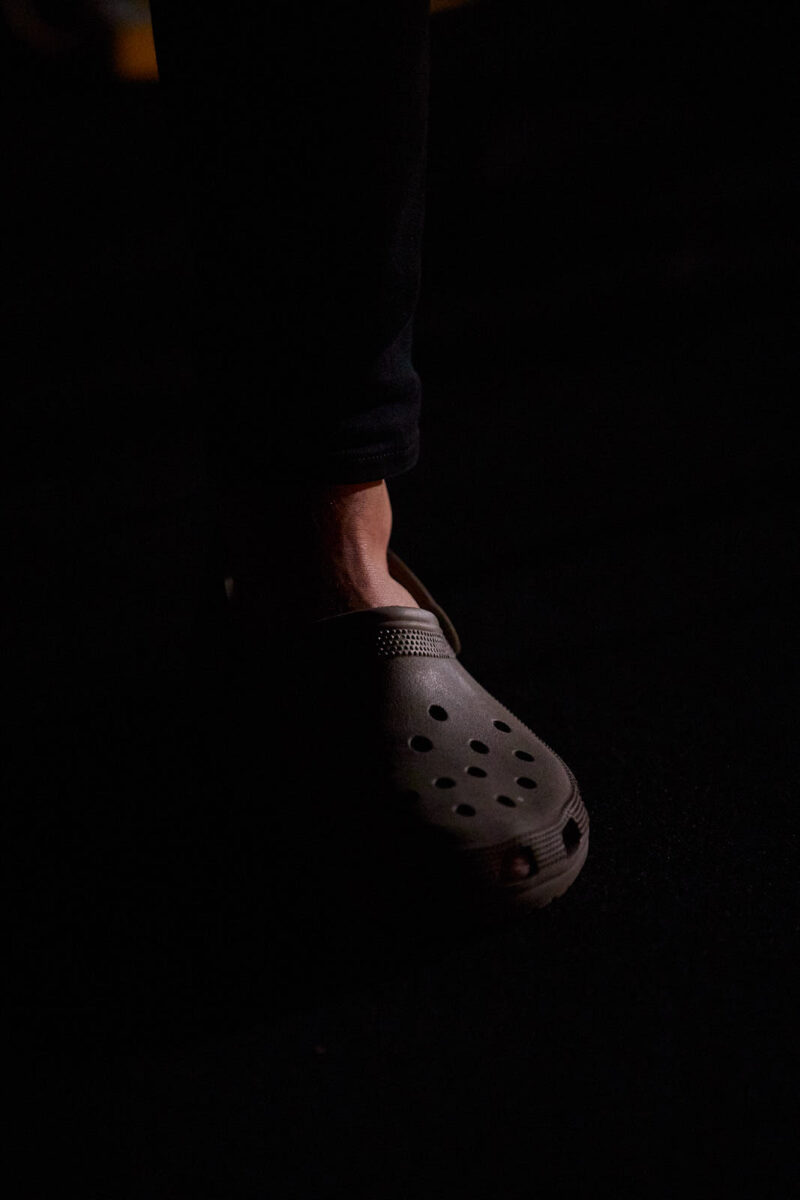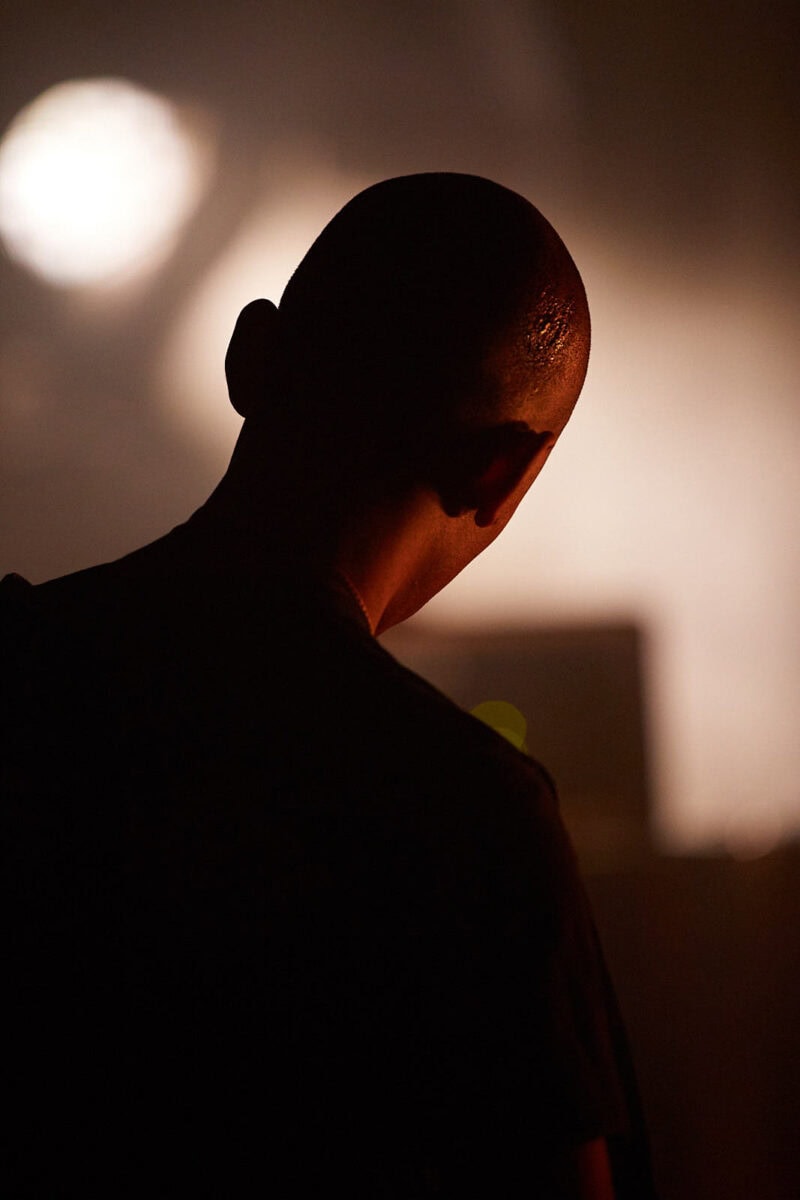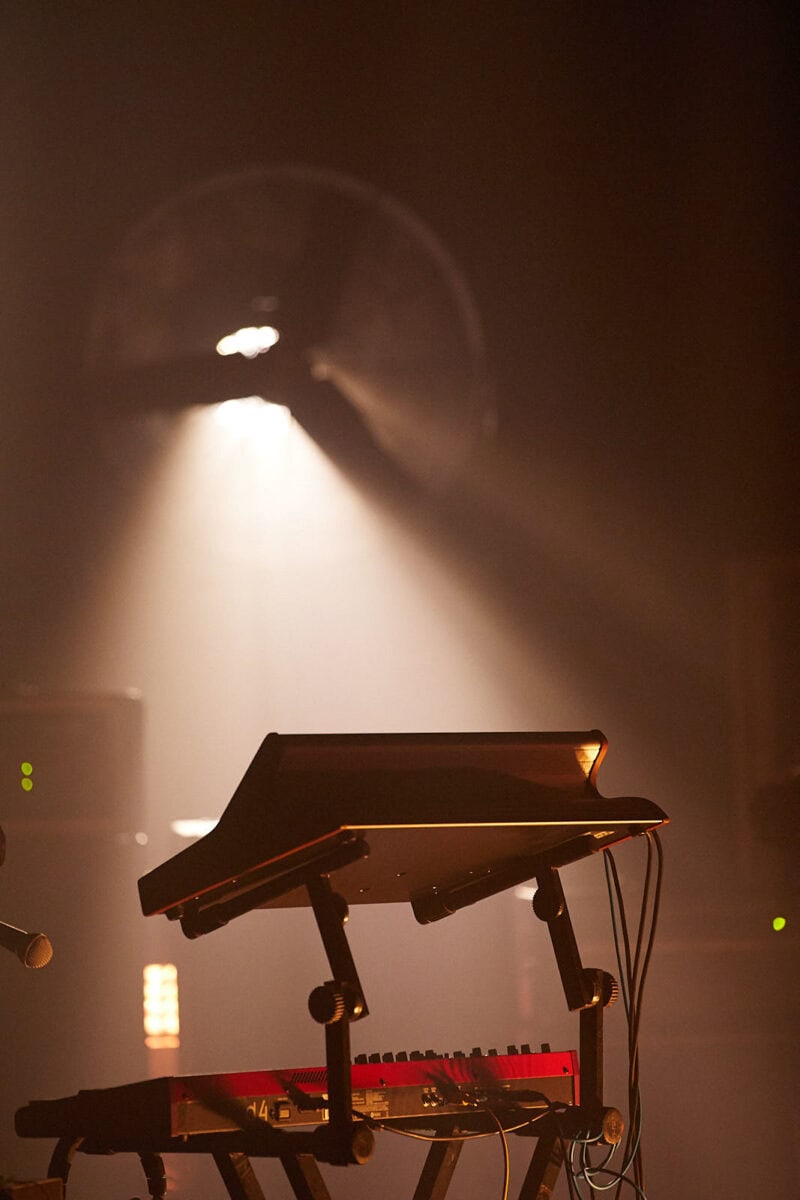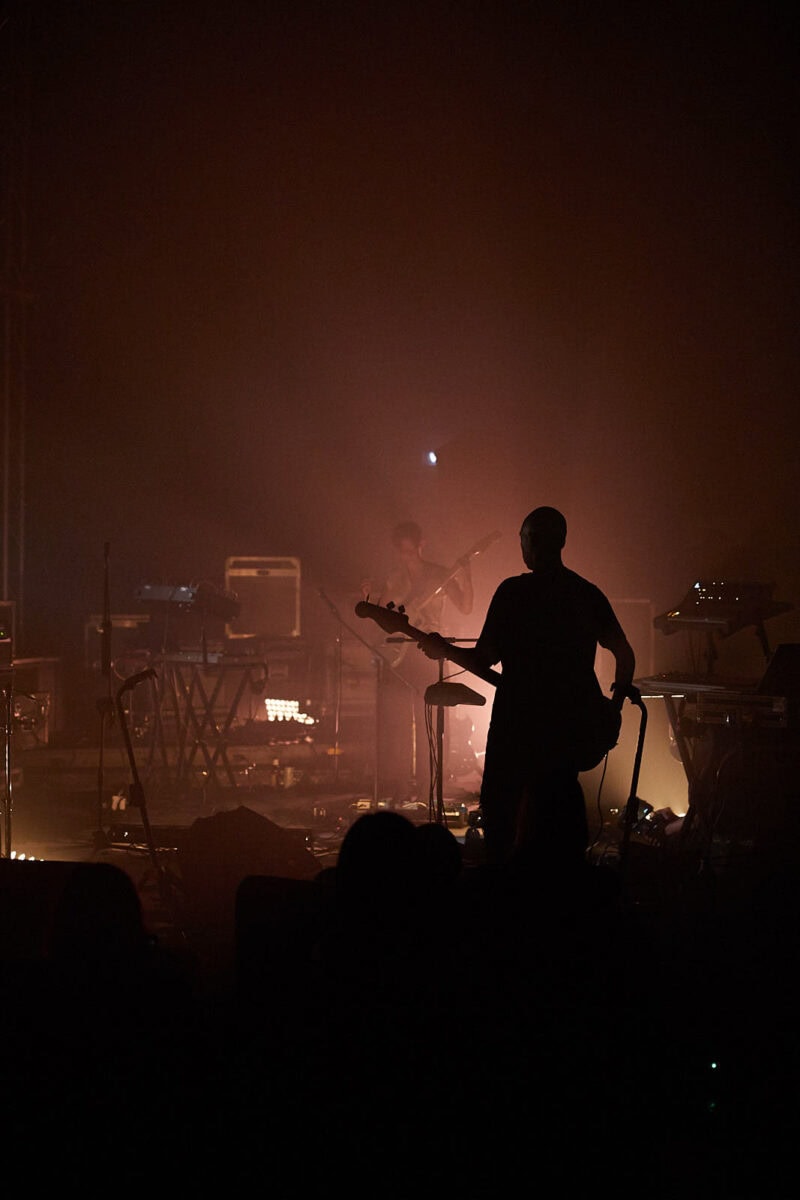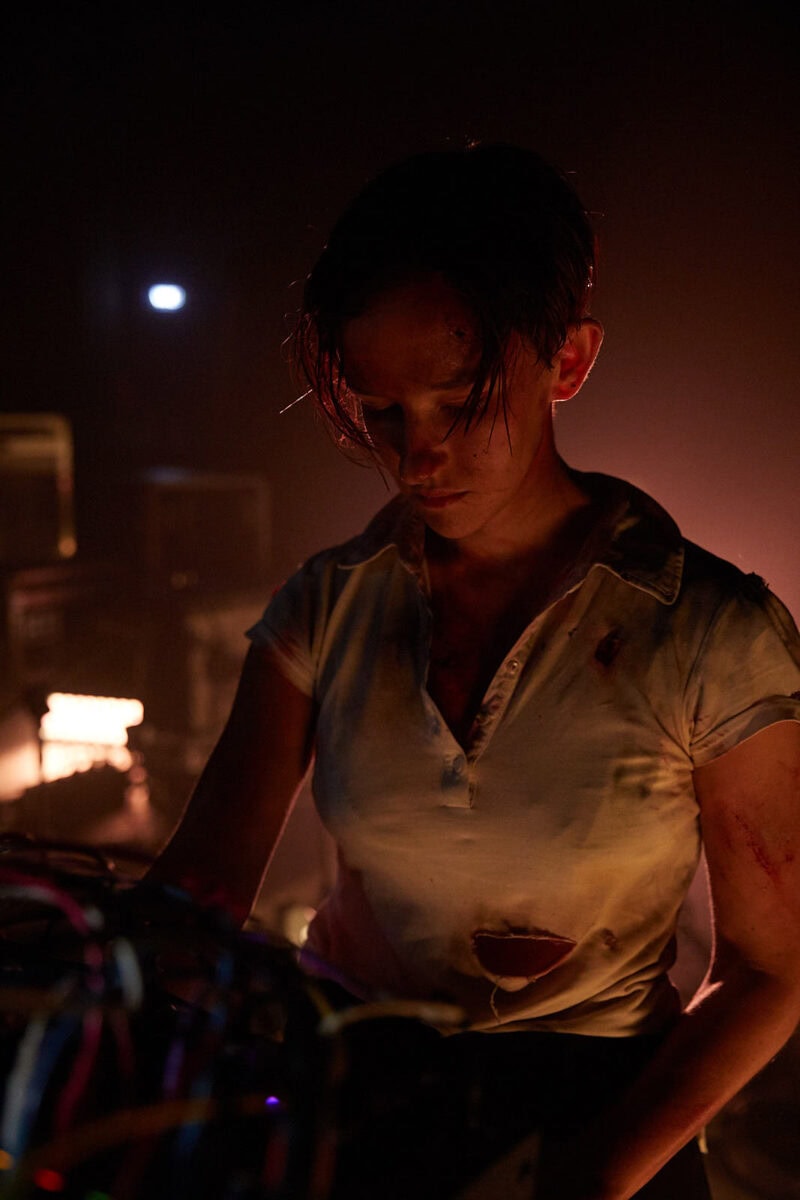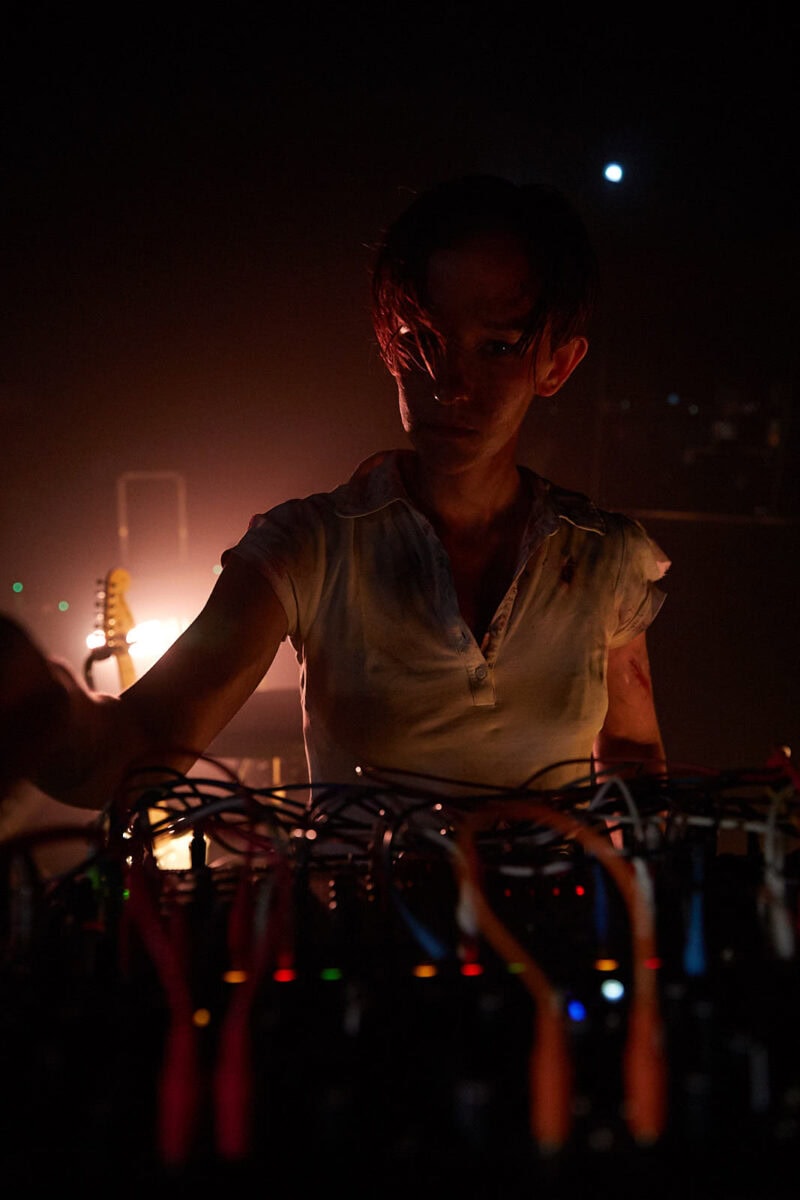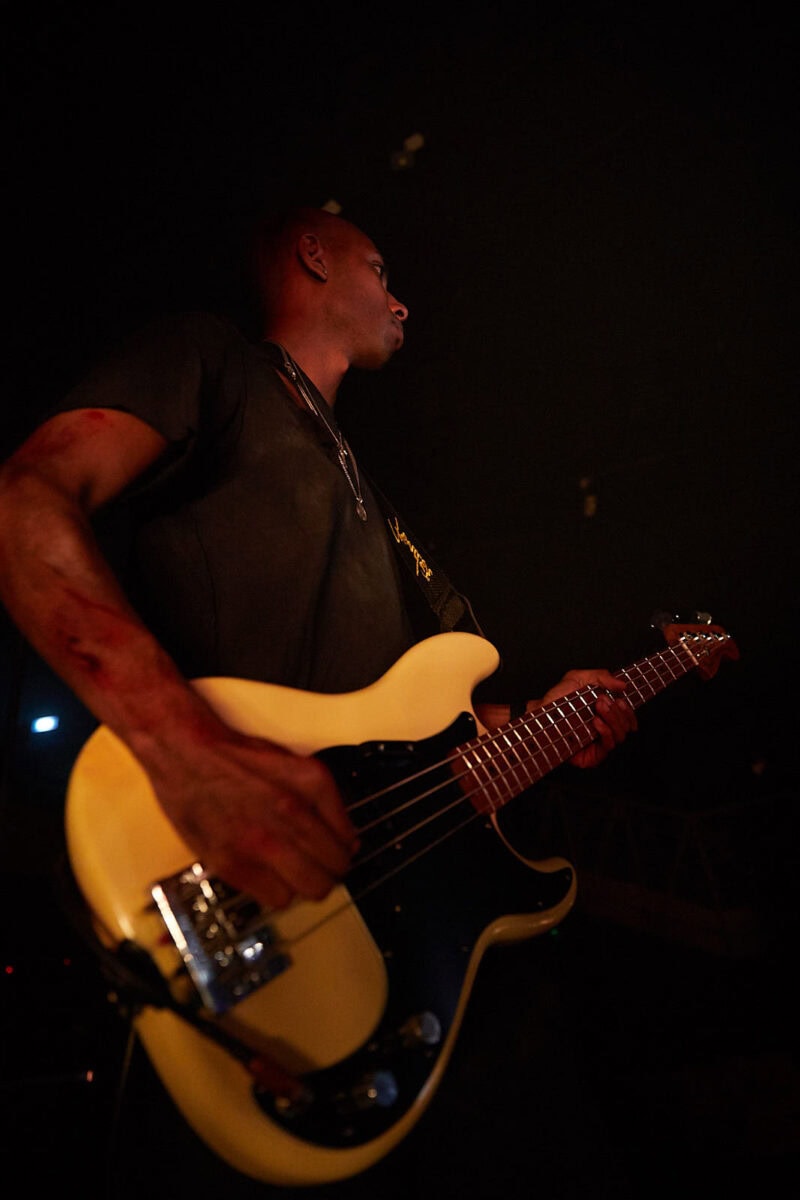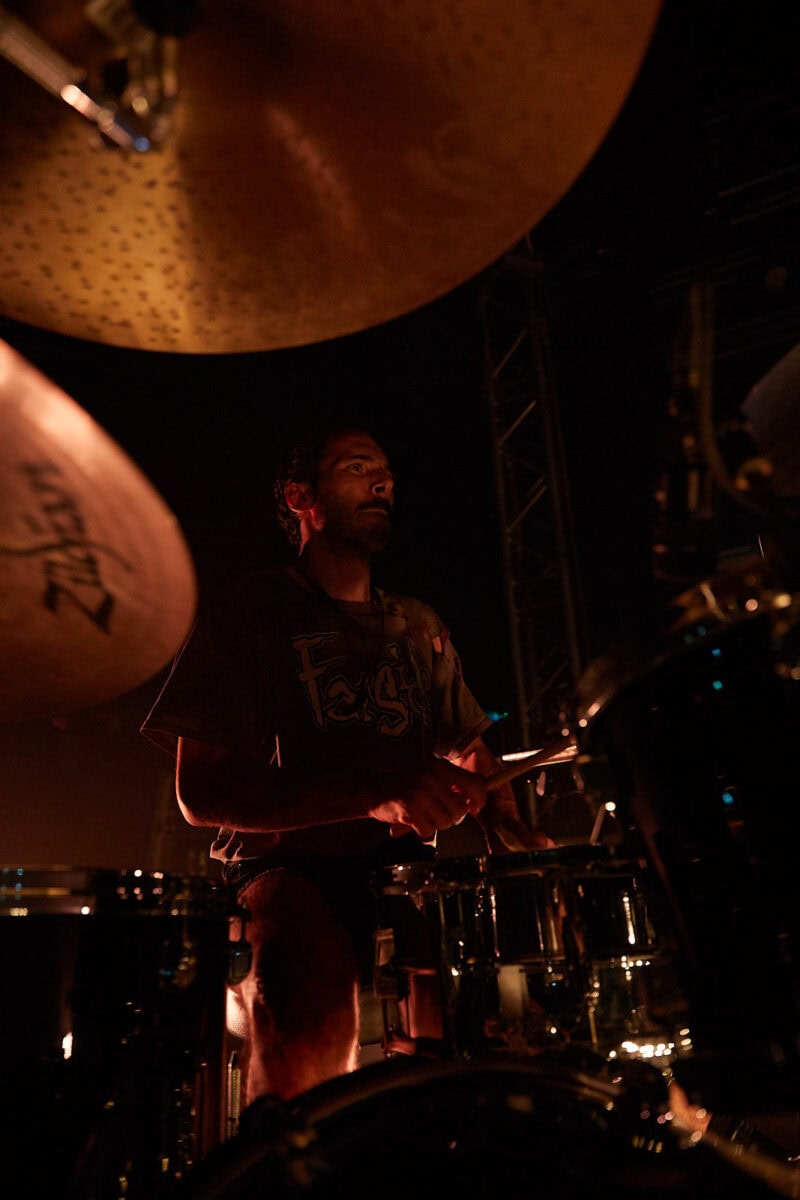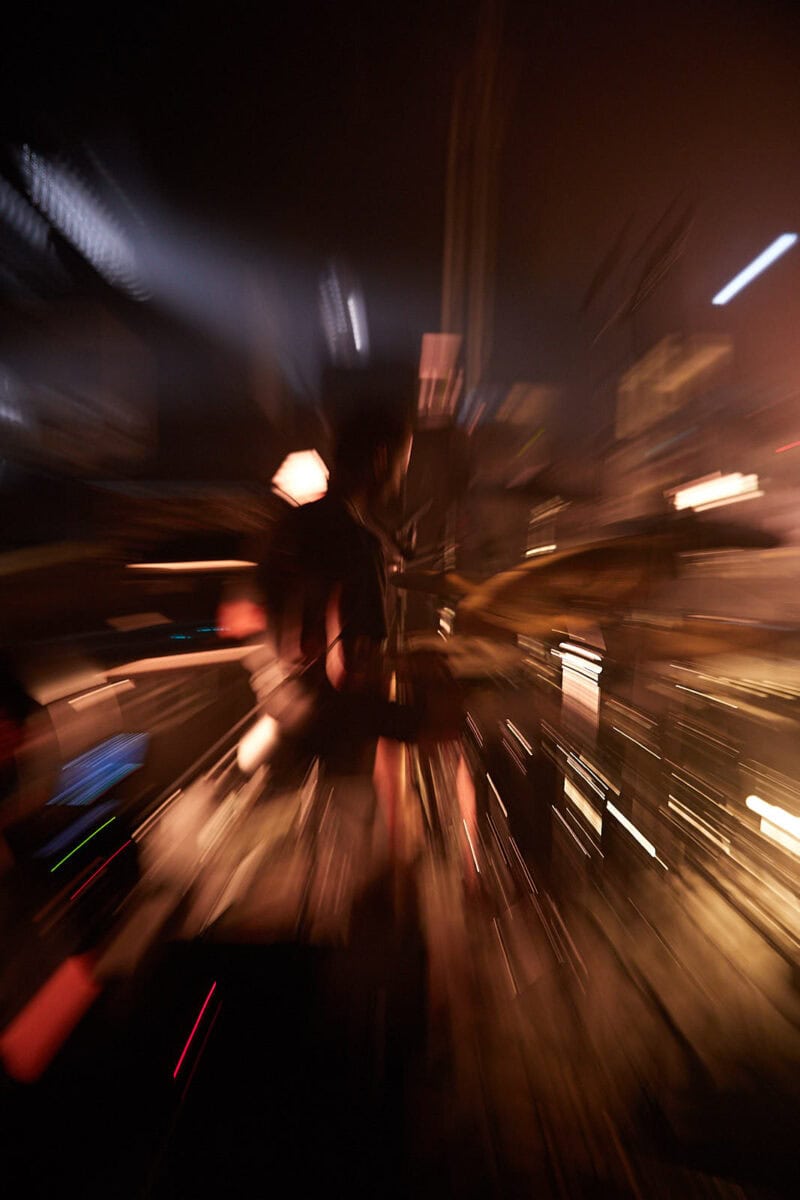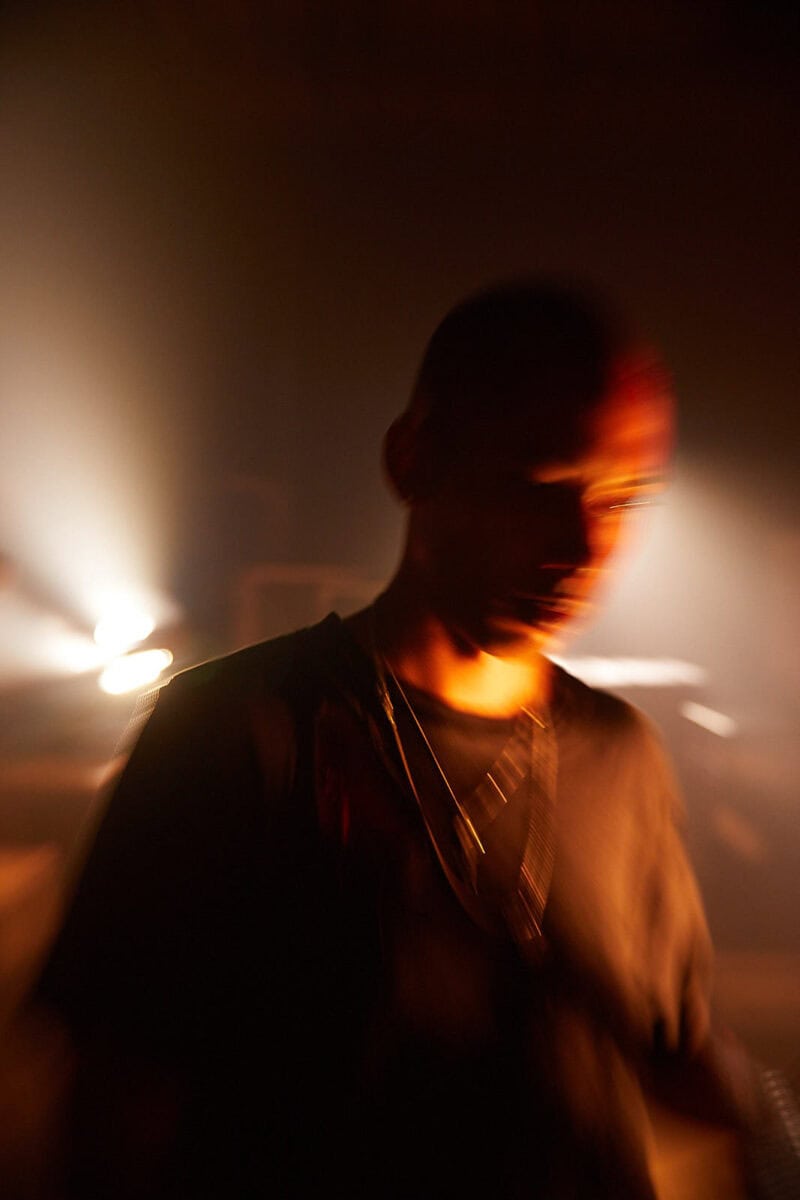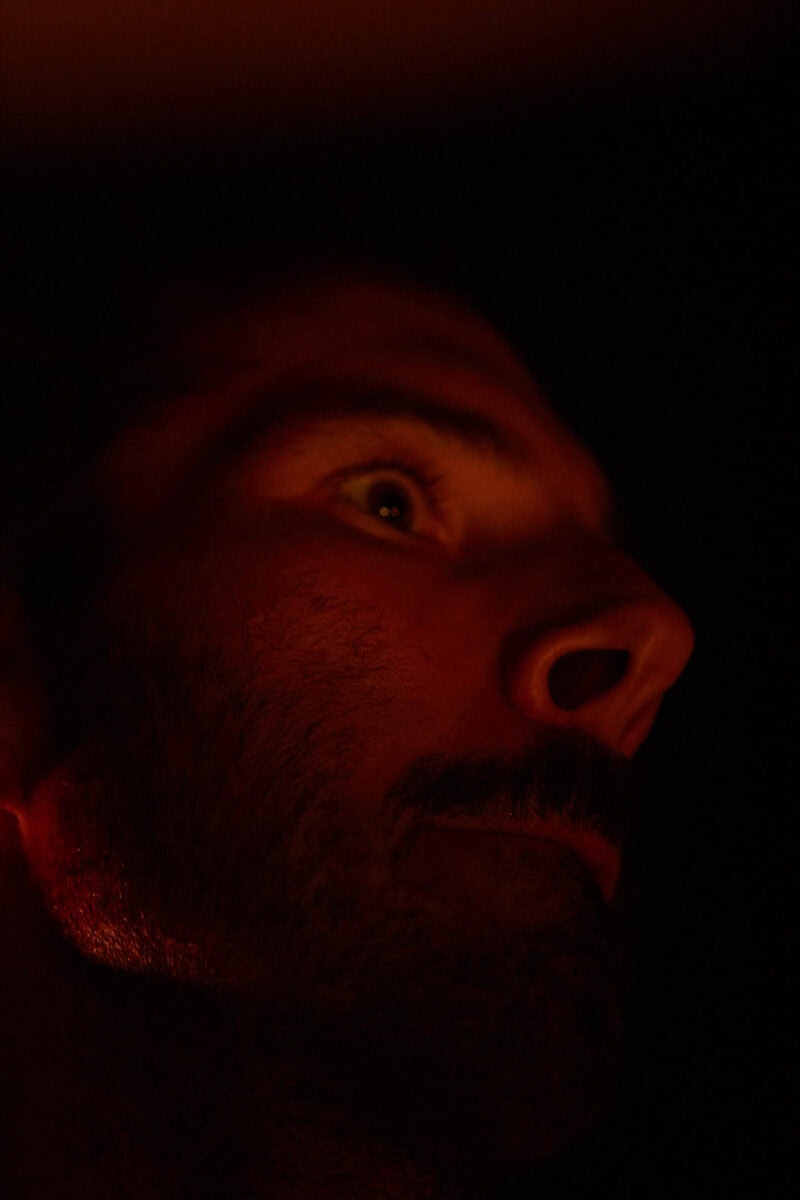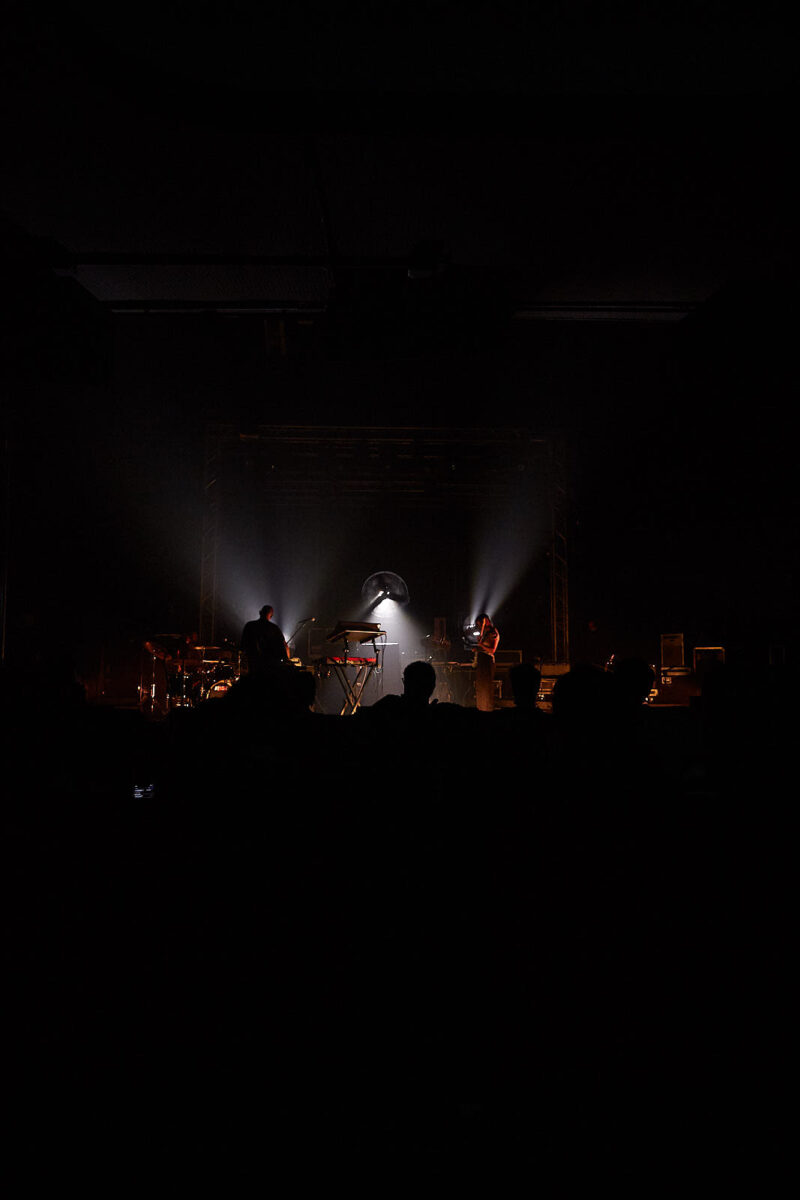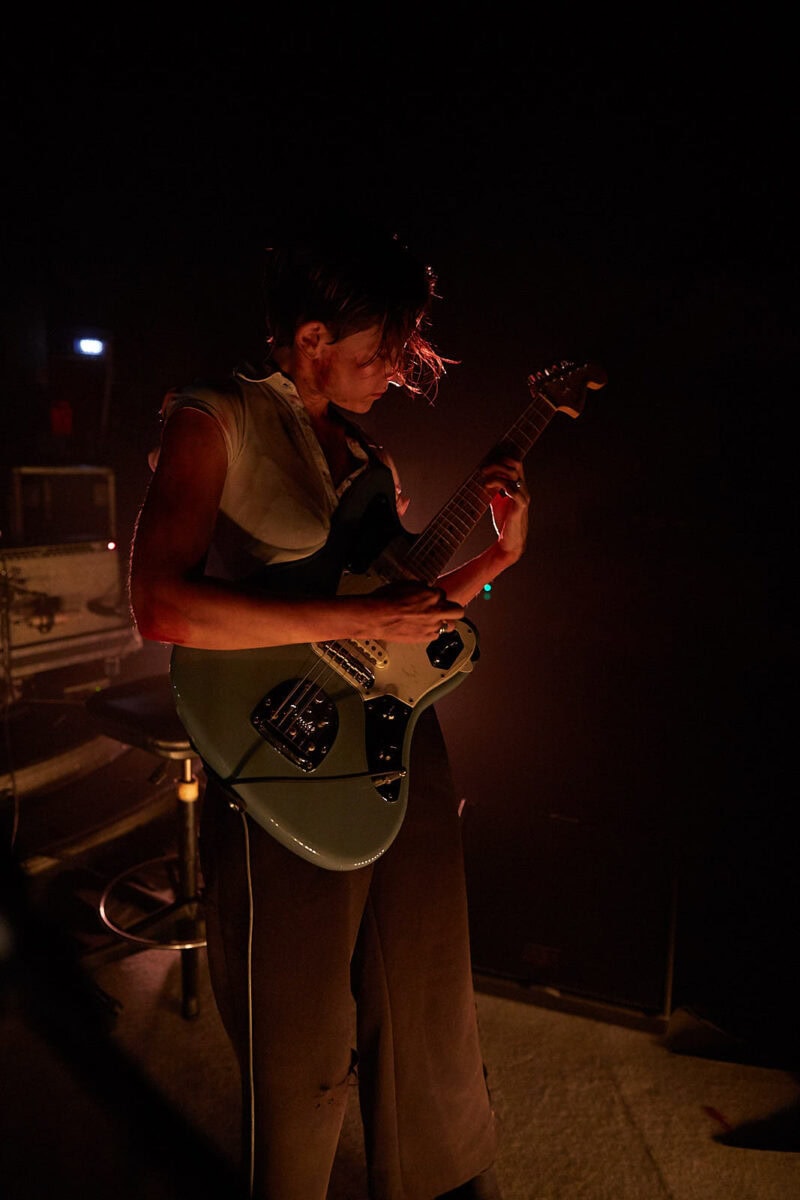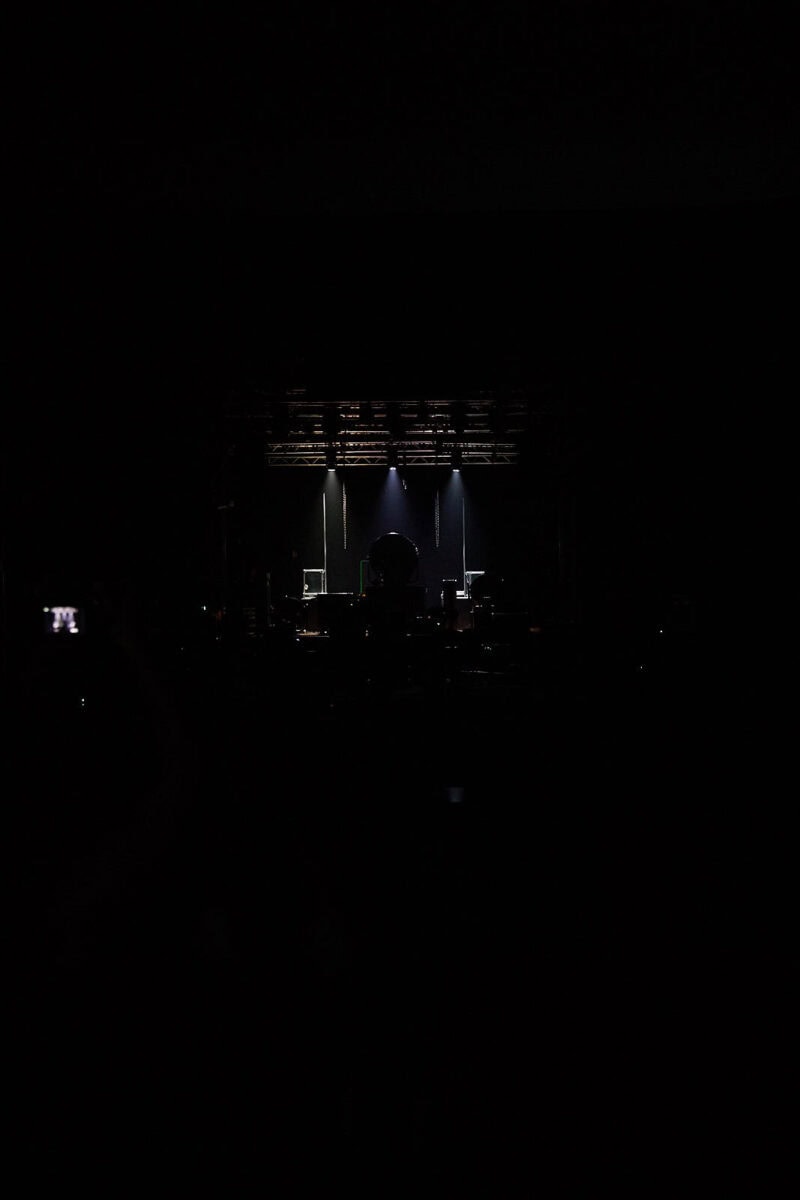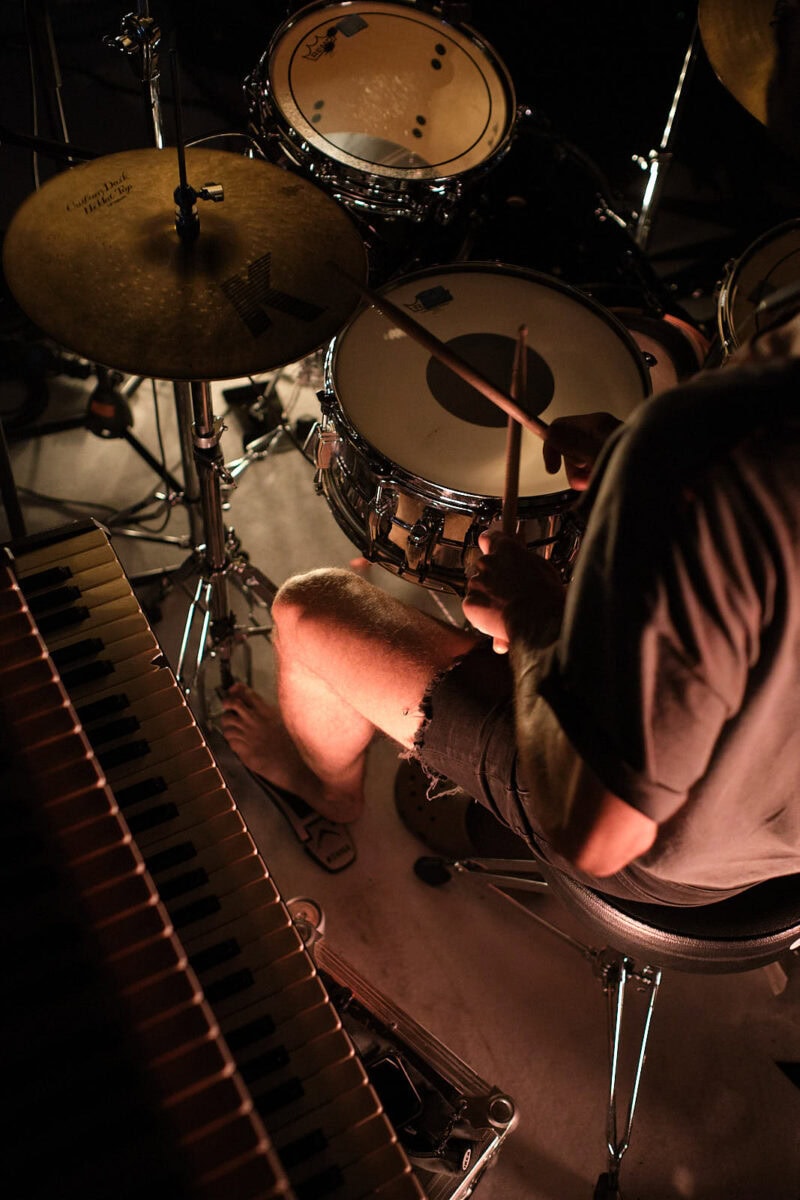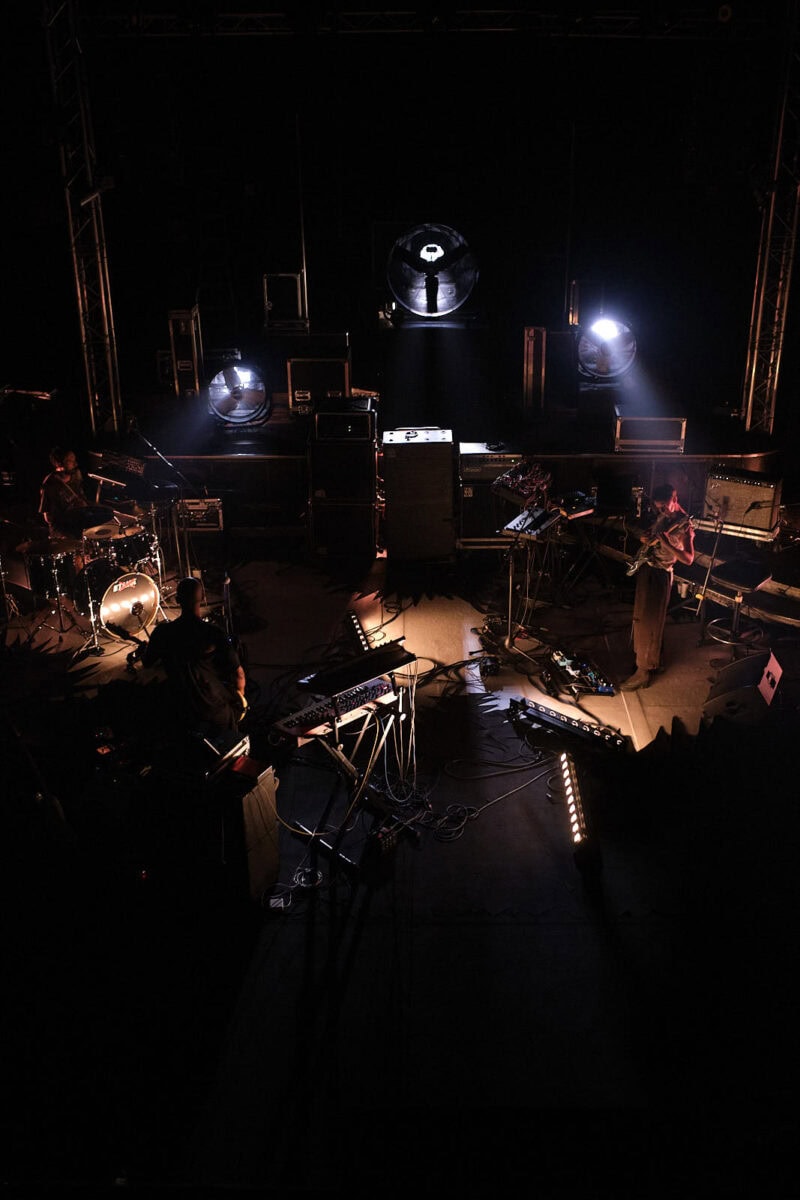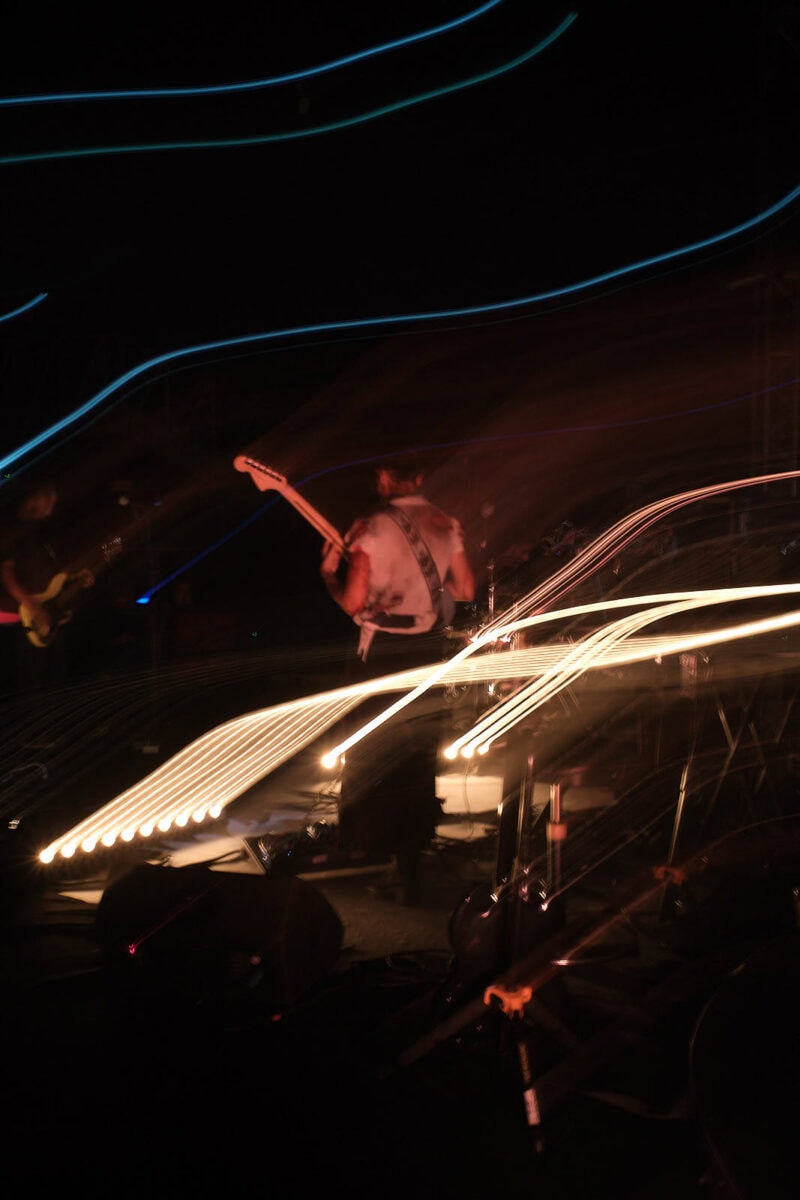Questions On is the video interview format created by C41. It consists of three simple questions addressed to our network of friends, partners, and creative minds. This episode features Iacopo Carapelli, on the occasion of the release of his video for C2C MLN starring FORSE ORA, the new band project featuring Milan-based artists Caterina Barbieri, Lorenzo Senni, and Jim C. Nedd.
Born in 1990, in Milan, Iacopo Carapelli began showing a keen interest in visual language, particularly that of cinema, from a very young age. During his high school years, he formed a group made of young video-makers in which he experimented with different styles. He strongly believes in observation in the field as a way of learning and understanding the mechanisms, which is what led him to enter the world of video production soon after spending two years at the Academy of Fine Arts in Milan. He collaborated in the production of numerous commercials and soon became an advertising director himself, standing out for his distinctive visual language, which combines his spirit of observation with the search for a brutal, but nonetheless poetic, aesthetic.
About C2C MLN:
“But if all our attention is focused on what is far away, what will happen to what is near?” wondered the Spanish philosopher Paul B. Preciado earlier this year in the French newspaper Libération: the C2C MLN project shared by Gucci, in collaboration with miart, has taken shape in recent months, trying to answer this question, with the intention of overturning the concept that distance is near and proximity is far. In fact, the entire C2C MLN shared by Gucci program was not shared via streaming, but took place solely in presence, focusing on the importance of artistic subcultures and spaces of freedom to protect individual expression. FORSE ORA were the absolute protagonists of the two-day musical event held at the former Striptease venue in via Padova 272, Milan.
How did the project come about? What story does it tell? (In other words: why do performers have torn clothes and wounds everywhere?)
The project started this summer when Caterina called me and said ‘Would you like to shoot this with us? Jim, Lorenzo, and I are working on a new musical project, much more acoustic and instrumental than usual’. Knowing her and the other two guys very well, I immediately showed a lot of enthusiasm and curiosity. I asked her what the concept behind this musical project was, and basically, they wanted to tell the story of this post-slam, not just as a post-lockdown, but as a particular moment in history for the entire music industry and production; but, at the same time, I also saw a strong correlation with testing themselves in a territory that is that of the acoustic instrument, therefore moving in a different direction to the one we are used to hearing their works. This concept is the starting point for the art direction, which they already had in mind, on which we then created all the stage design and the setting together with Weronika and Roméo. And the fact that they were injured and their clothes were torn was precisely to testify to this crash that had taken place and these first steps after what could have been a plane crash. That’s kind of the concept behind those injuries.
In a world of only perfect performances, what does a rehearsal room put us in front of? How can music teach us the value of fallibility?
It’s true, it’s a world of perfect performances, where we’re always trying to set what we have to tell, or frame it in a context of absolute perfection, making it iconographic, cool, etc. In this particular project, the desire was not so much to impress the audience with a crazy live show but was more immersive, more focused on granting that privilege, which few people have in life, of being part of the creative process – in this case, a musical one. For me, all the more so since I don’t even play an instrument, it was a truly unique and unrepeatable opportunity. I have to say that the concept of the rehearsal room that I think emerged particularly well from the set-up is a very intimate, very welcoming dimension, which doesn’t put you in the shoes of a fan who knows the songs, but really becomes almost a university auditorium, albeit a lot more fun and catchy.
I’ll try to translate the very complicated question you asked me: in my opinion, rather than music teaching us the value of fallibility – also because not being a musician I can’t use this as a weapon for my speech – fallibility makes things special many times. The error in the composition, rather than in the performance, makes that performance special, makes it unique and unrepeatable. Just think of live concerts, which maybe some people prefer to the song itself. As far as I’m concerned, I fully embraced this way of doing things: I too was in a rehearsal room at video level and tried to experiment with many things without being sure of what would come out, but there was a lot of support and fun from Caterina, Lorenzo, and Jim. We were all experimenting in a room with the houses of the equipment around and people came to see what we were experimenting, so this can teach us that in reality fallibility, or the error of reproduction, the error of shooting, the error of editing can be the pretext to create something more original or more interesting.
“But if all our attention is focused on what is far away, what will happen to what is near?” (Paul B. Preciado)
Very difficult question. Let’s say that when I read it I imagined one of those apocalyptic films or films that depict a very distant future, in which this world is inhabited only by people who cannot look close, who only care about what is far away. As a result, the whole city is very low, all the walls are made of glass, the cemeteries are made of glass, everything is done so that people can have a deeper, more long-range view. And these people don’t see each other, they don’t live their society in a convivial way, but they have a focus that doesn’t belong to their measure and their permanence in this world. I don’t have an ending, but it’s definitely not a happy ending. I would, however, like to see how a planet inhabited by people who can’t see eye to eye might turn out.
Credits
Artists: Caterina Barbieri, Lorenzo Senni, and Jim C. Nedd
Produced by C2C
Producer: Mireille Filippini
Set Design: Roméo Steiner & Weronika Wolinska
And Produced by C41
Director: Iacopo Carapelli
Cinematographer: Giuseppe Favale
Photographer: Carlo Banfi
Executive Producer: Barbara Guieu
Line Producer: Beatrice Lebrun
Gaffer: Francesco Galli
Capera Operator: Simone De Rosa
Camera Operator: Sofia Blu Cremaschi
Ass. Camera: Stefano Memelli
Ass. Camera: Aura Caldarini
Editing: Iacopo Carapelli
Color: Daniel Pallucca
Thanks to Roberta Marà
